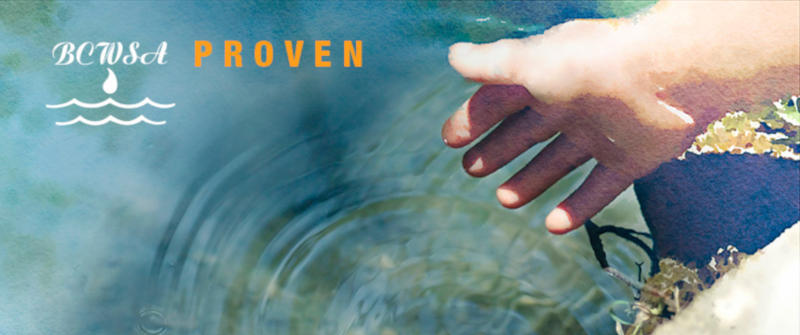Under the federal Clean Water Act, POTWs are not just the wastewater treatment plants themselves. They include a wide array of other infrastructure necessary for collecting, transporting and treating wastewater containing domestic or sanitary sewage and sludge or biosolids resulting…

Environmental Stewardship
Federal Water Pollution Control Act, establishes a national program to restore and maintain the quality of the nation’s waters. Point sources of pollution are regulated under the Act while state programs for nonpoint sources are subject to federal funding and…
Water quality impairments, come in the form of pollution discharged to streams or the destruction of aquatic life habitat. Sedimentation, excess nutrients, and bacteria most commonly impair rivers and streams, according to the U.S. Environmental Protection Agency’s (EPA) national survey…
Wastewater treatment plants, or publicly owned treatment works (POTWs), treat domestic and industrial sewage to levels that ensure public health and the biological integrity of the waters that receive discharges from these facilities. The end product is highly treated water…
If you are a landowner: Plant native species of trees and shrubs. Stop mowing to the streams edge. Join your local watershed conservation organizations. Protect buffers through conservation easements. If you are a farmer: Fence streams. Enroll buffers in set…
A riparian buffer is an area of vegetation that is maintained along the shore of a water body to protect stream channels and banks. Buffers can reduce the pollutants entering a stream, lake or pond by trapping, filtering and converting…
Although 63 percent of Pennsylvania is covered by forest, today’s mature woods are not evenly distributed. Most of the forests have vanished in agricultural areas and rapidly developing urban centers, particularly in southcentral and southeastern Pennsylvania. Trees that once hugged…
In a home with a private well, it is the home owner’s responsibility to test the water once a year. Most wells do not require chemicals for treatment because the water moves straight from the rocks via the well into…
Casing is put in the well to stop the hole from collapsing and to prevent the risk of surface water getting into the well. A seal of “grout” is often placed between the casing and the drilled hole to stop…
Water well drilling machines are used to make an “engineered hole” through the soil and rock layers to reach groundwater. The cost of a modern drilling machine is about $500,000! Not all water wells are drilled the same way, but…